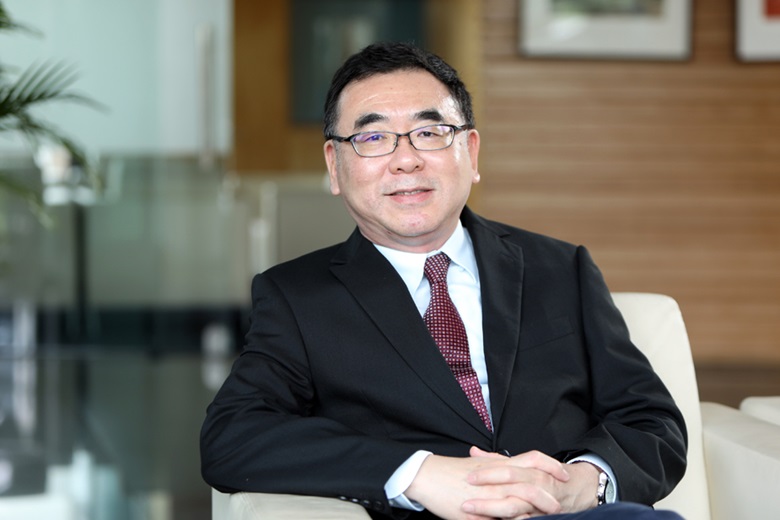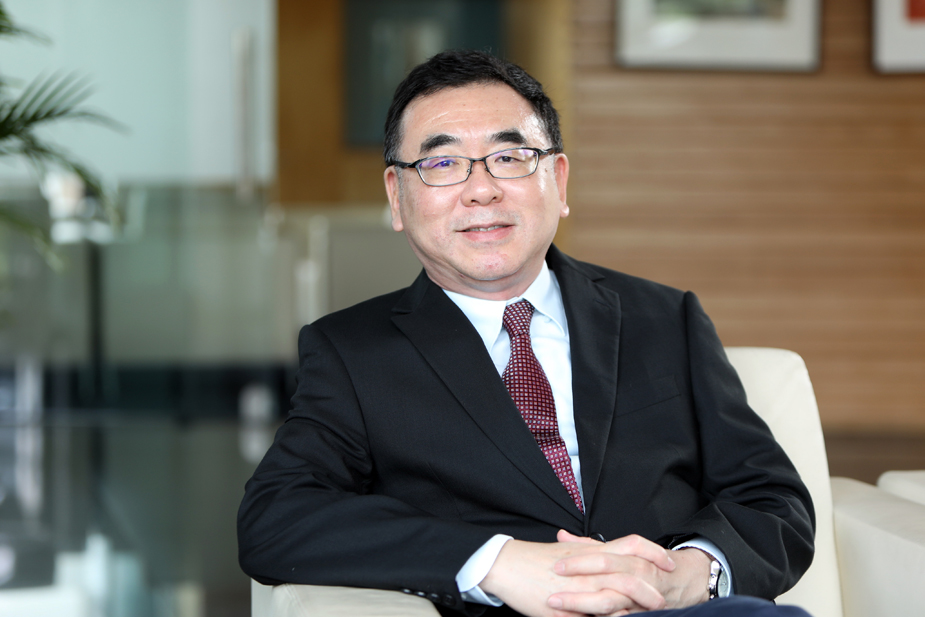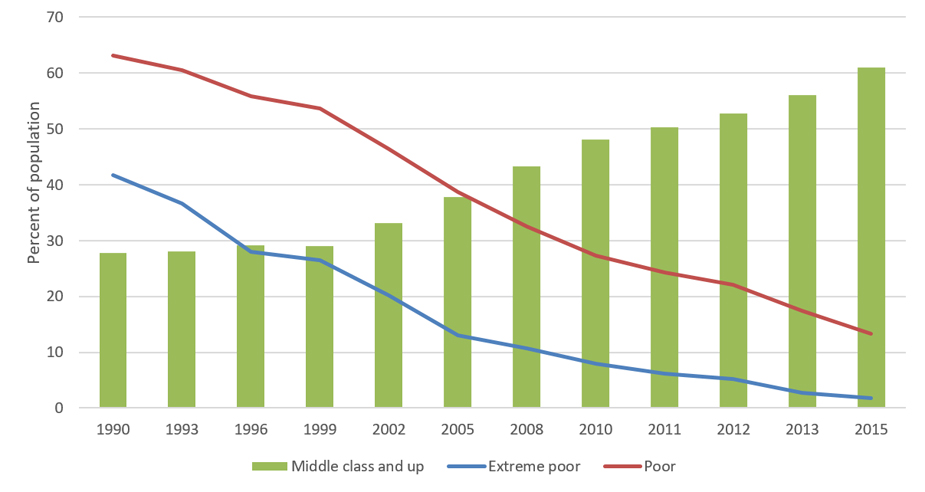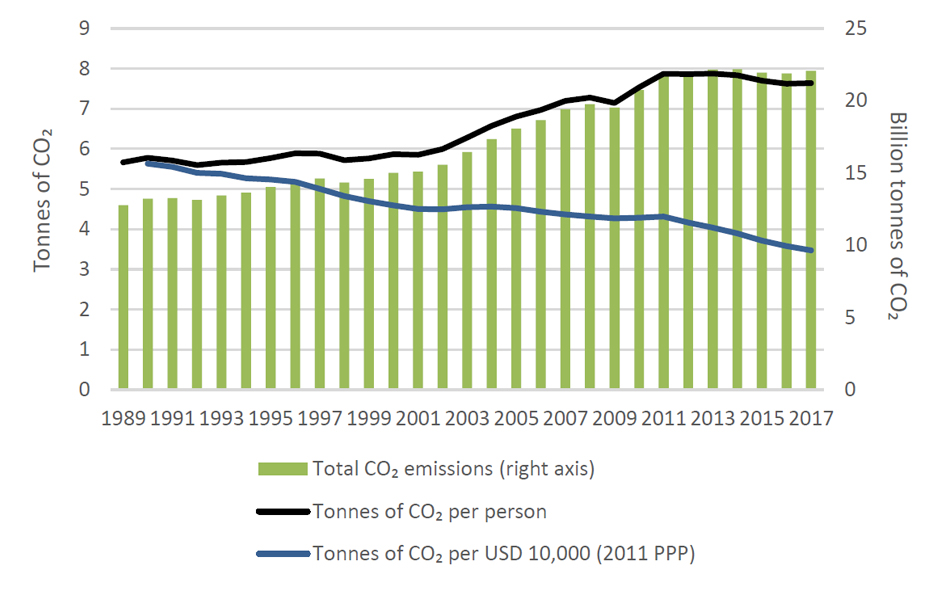APEC at 30


By Dr Denis Hew
APEC is 30 years old this year. The first ministers' meeting in Canberra was held in November of 1989, just in time to reap the economic benefits of globalization.
It was established to promote greater regional economic cooperation, particularly in trade and investment. After three decades, the APEC region has undergone massive economic expansion in a relatively short period.
The region’s economy grew threefold, from USD 23.5 trillion in 1990 to USD 66.2 trillion in 2018, while average per capita GDP rose from USD 10,258 in 1990 to USD 22,000 in 2017.
Living standards rose with average incomes, contributing to vast reductions in poverty and the expansion of the middle class.

Note: The extreme poor are defined as people living on USD 1.90 or less per person per day in 2011 PPP terms. The poor are defined as people living on USD 3.80 or less per person per day in 2011 PPP terms. The middle class and up are defined as people living on USD 7.60 or more per person per day in 2011 PPP terms. Data cover Australia; Canada; Chile; China; Indonesia; Japan; Korea; Malaysia; Mexico; Papua New Guinea; Peru; the Philippines; Russia; Thailand; the United States; and Viet Nam.
Source: World Bank’s Povcal database; APEC PSU staff calculations.
But this growth has not been distributed equally. While poverty is falling, the rich are getting richer faster, and income gaps are widening.
Furthermore, improvements in living standards are taking a toll on resources. More people can afford meat and air conditioning; there are more factories and air travel is prevalent. The carbon footprint of the average person in the APEC region went up from 5.7 tons per year in 1989 to 7.6 tons in 2017. Region-wide, carbon dioxide emissions increased from 12.8 billion tons in 1989 to 22.1 billion tons in 2017.

Source: Global Carbon Atlas; StatsAPEC; APEC PSU staff calculations.
These are just a sampling from a menagerie of unprecedented challenges the APEC region, and the world, will have to face and find solutions for. The next three decades will be very different from the last three. Many APEC members have transitioned into middle-income economies, for example, and are at risk of falling into the “middle-income trap” of stagnant growth. Trade, which used to be the biggest driver of growth in the region, is no longer as reliable, which means we’ll need to look at new sources of growth.
Fortunately APEC’s unique institutional structure was designed to evolve. Thirty years ago, the world was also in flux, about to be more integrated and connected than ever before. APEC took a holistic approach to economic policy cooperation that addressed both cross-border and behind-the-border issues, meeting these challenges through regional cooperation, multilateralism and the incubation of new ideas.
Priorities have changed over time to address emerging challenges and trends, evident in APEC Leaders’ Declarations and Ministerial Statements which reflect shifts in our areas of focus.
In the 1990s, there was a thrust toward globalization and economic liberalization, while human security issues and terrorism became major concerns in the following decade. In the 2010s, there was a drive toward environmental sustainability and inclusion and, in more recent years, we’ve focussed on addressing the disruption brought about by the digital economy.
Against this backdrop, APEC will need to strengthen the spirit of 1989—cooperative, holistic and innovative—if it is to step up to the challenges of the next 30 years.
###
Dr Hew is the Director of the APEC Policy Support Unit (PSU). For more on this topic, read PSU’s APEC Regional Trends Analysis - APEC at 30: A Region in Constant Change.

